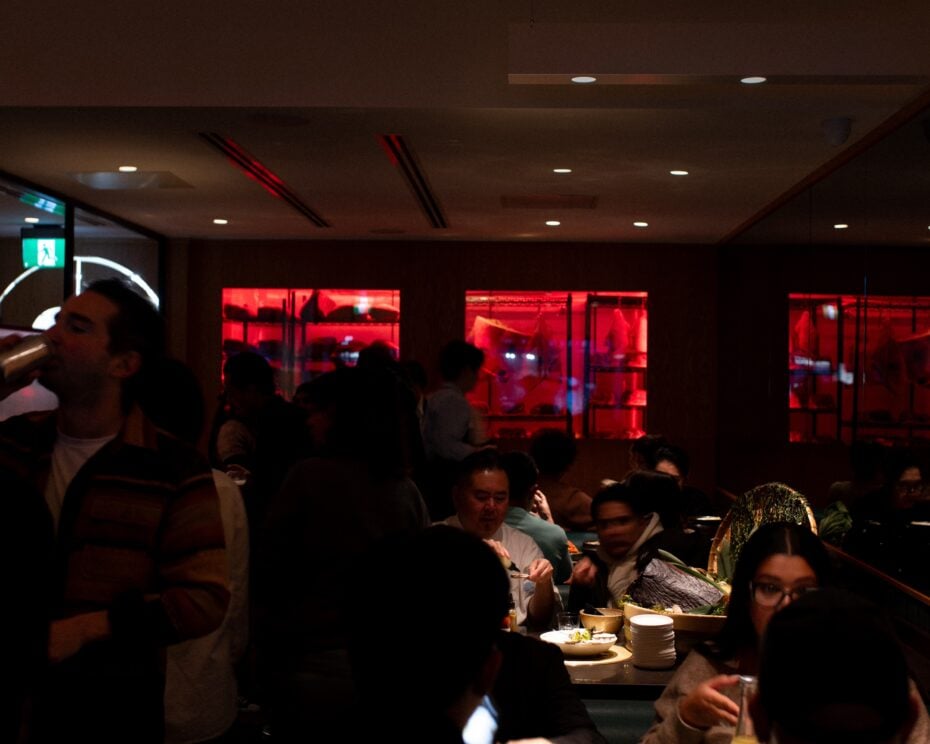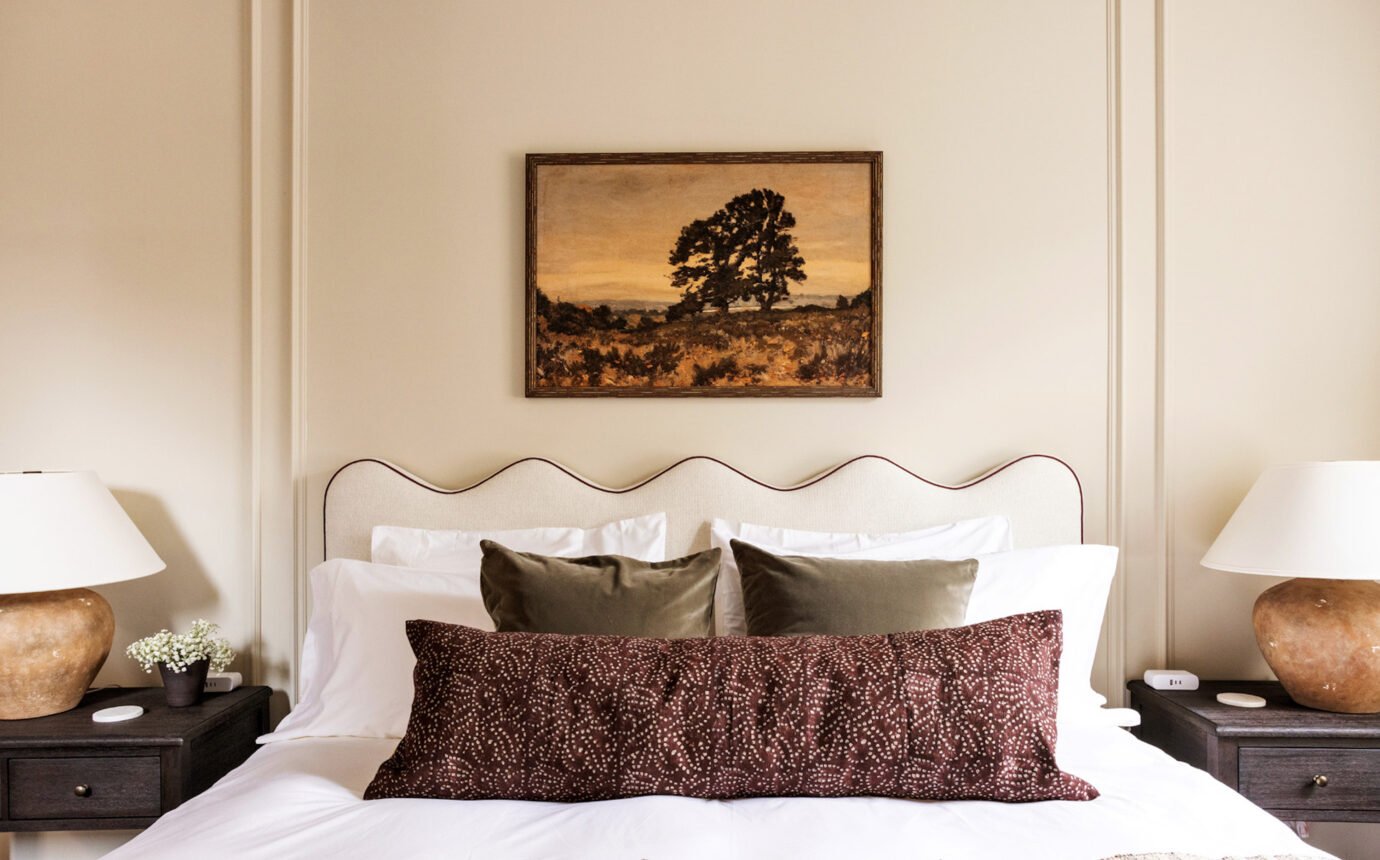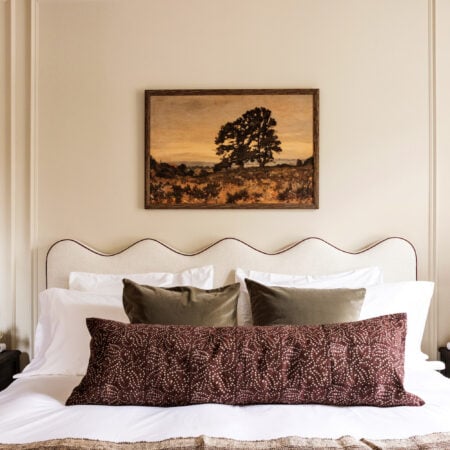Putting Down Roots at Takja BBQ House

On College Street, traditional Korean barbecue meets high design dining
Toronto has no shortage of delicious Korean BBQ joints. From the ever busy Daldongnae to the atmospheric Korean Village Restaurant, west Bloor Street is bustling with delicious grilled meats. But south of Koreantown, a new KBBQ experience is waiting. Located at 962 College Street, Takja BBQ House—which celebrated its one-year anniversary this April—merges traditional Korean design with a refined interior scheme. And for house dry-aged pork (the restaurant’s signature ingredient), Takja can’t be beat.
As a kid, designer Jeff Yao of Toronto-based Quintessential always loved Korean barbeque. In North York where Yao grew up, these bustling joints are a dime a dozen and are usually followed by a session of soju-fueled karaoke. When longtime collaborators Chef Jeff Kang and Chef Edward Bang (the team had previously worked together on the Japanese eatery Omai on Baldwin Street back in 2017) tapped Yao to design Takja, their mission was clear: re-connect KBBQ to its traditional Korean roots — both in flavour and design.
“Ever since I was a kid, I’ve been going to Korean restaurants, but at the same time, I was never really introduced to the real Korean culture. What is real Korean food? Because a lot of the restaurants here cater to the Canadian crowd, right? So, the vision was to introduce a more authentic style of Korean barbecue highlighting a traditional Korean aesthetic to help people understand that Korean barbecue can be more refined and not just something that you have casually with your friends on Friday night,” shares Yao.
With some 200 high-scale restaurants under his belt, Yao is certainly up to the task. Quintessential is responsible for the sleek design behind Michelin star Shoushin and Masaki Saito—the first Canadian restaurant with a two Michelin-starred chef—among many other first-class Japanese omakase. But for Takja, the design process required an extra level of research.
To create an authentic experience, the team drew from traditional Korean design characteristics—and sometimes, from their own lives too. In Takja’s front of house, a set of hand-painted wall panels from Chef Bang had been passed down in his family for generations (and also double as an acoustic buffer). Behind the bar, another antique wall-panel with pearl detailing acts as cabinet doors when open and a statement-piece when closed. Even the wood was stained to make the Chefs feel “like they went back to their grandma’s home.”
In fact, curating a precise colour palette was intrinsic to the project. Inspired by a specific shade of teal common to traditional Korean architecture, Yao and the team troubleshooted at least 10 to 12 shades for the banquettes—even returning a handful of samples to land on the desired colour. And in the back of house, the exposed meat fridges bathed in red light—the main anchor of the room—also went through multiple iterations, from oranges to bright reds.
“Some people are actually afraid of looking at raw meat, but I think the light actually helps to render it so that they feel that they want to eat it.”
Nailing the ambience wasn’t the only challenge. In such a small and narrow space, many mechanical systems had to be completely rethought. Due to limited ceiling space and an upstairs tenant, all the ductwork had to be rerouted through the basement, out a basement window and diverted to the roof for proper ventilation. Still, Yao emphasizes this hard work was worth it: “To have that system built in, it’s actually much stronger than other places in town.”
Also challenging: to facilitate full grills at each table (unlike other self-service KBBQs in Toronto, Takja’s staff grill the meat for you), complicated millwork by Quintessential’s fabrication studio, Quartersawn, incorporated seamless seating and service station cavities into the booths. And to keep sightlines clear, Yao introduced wall mirrors and a semi-open shelving unit to section off the front and the back while still maintaining an open view to the meat fridges.
“I think sectioning the restaurant is very important. When you have one open space it always feels a little bit like a cafeteria.”
With a rich yet minimalist interior scheme, Takja is anything but cafeteria-like. At their anniversary celebration (Quintessential also recently celebrated their own anniversary of 10 years), I got a chance to taste their home-grown, house dry-aged pork myself—and sip on Makgeolli. Even as a lover of the classic Toronto KBBQ night-out, I have Takja bookmarked for an elevated Korean barbecue dining experience. My recommendation? Go for the authentic dry aged pork! takja.ca



































